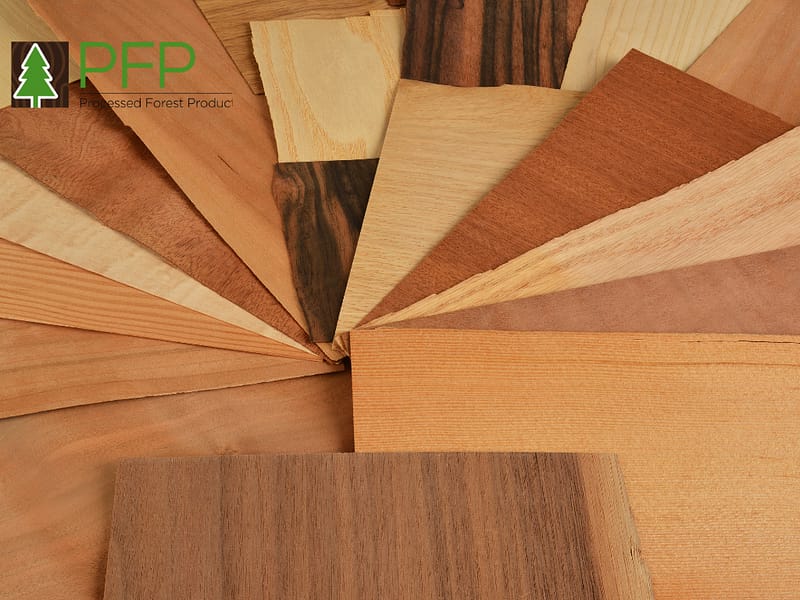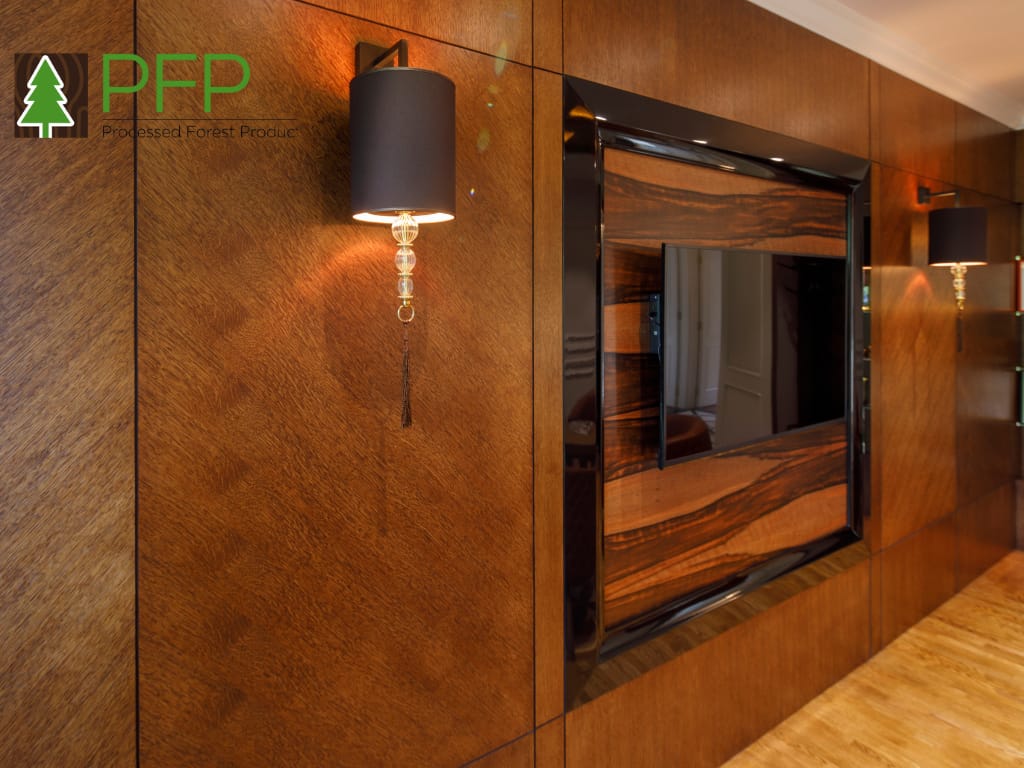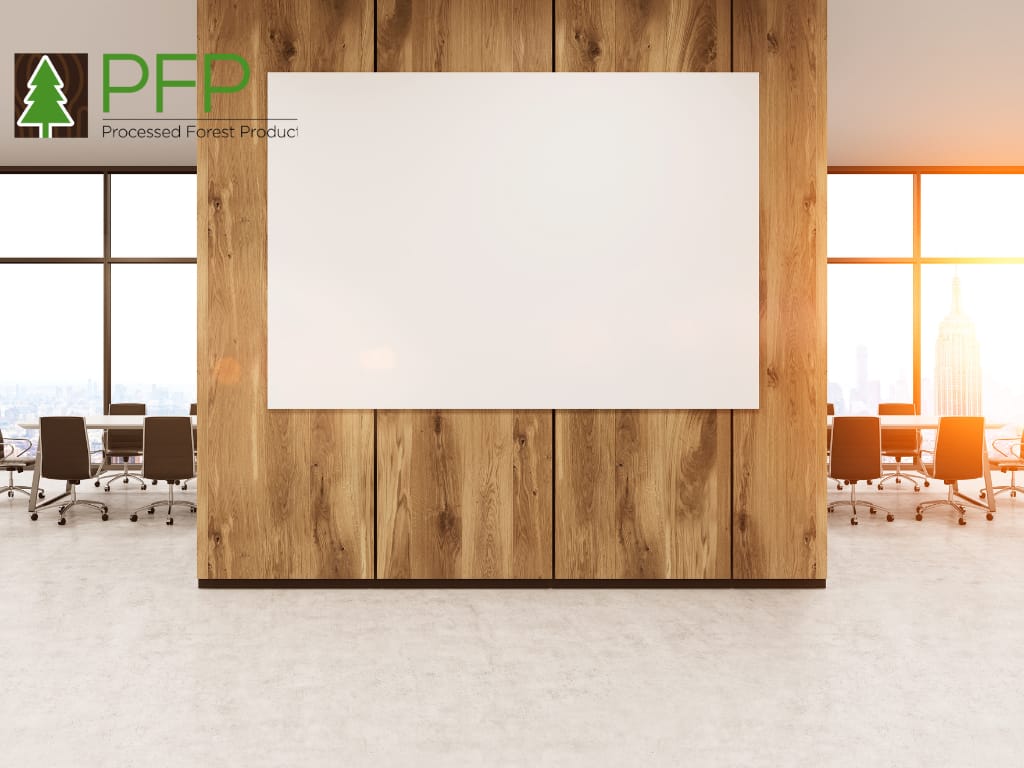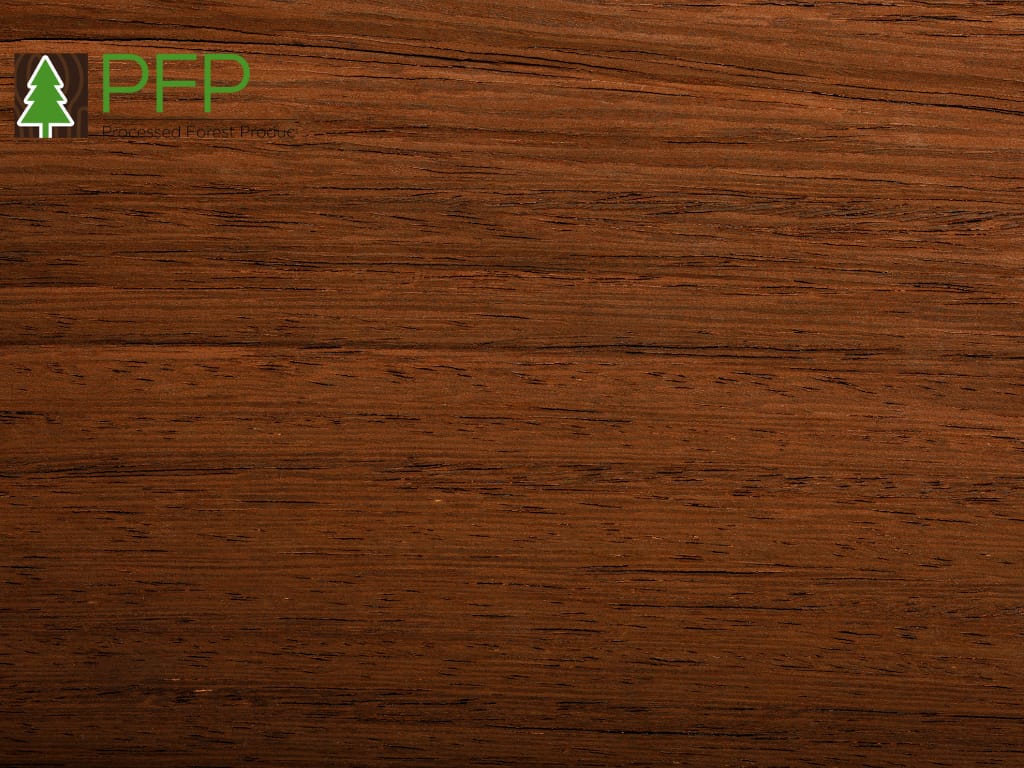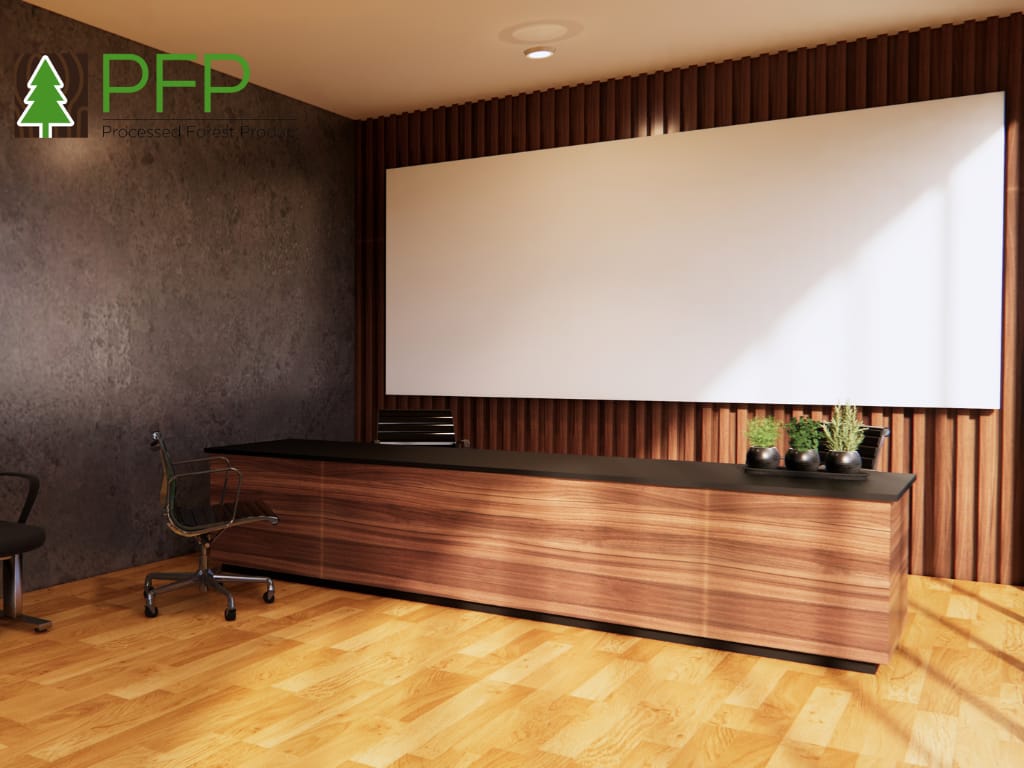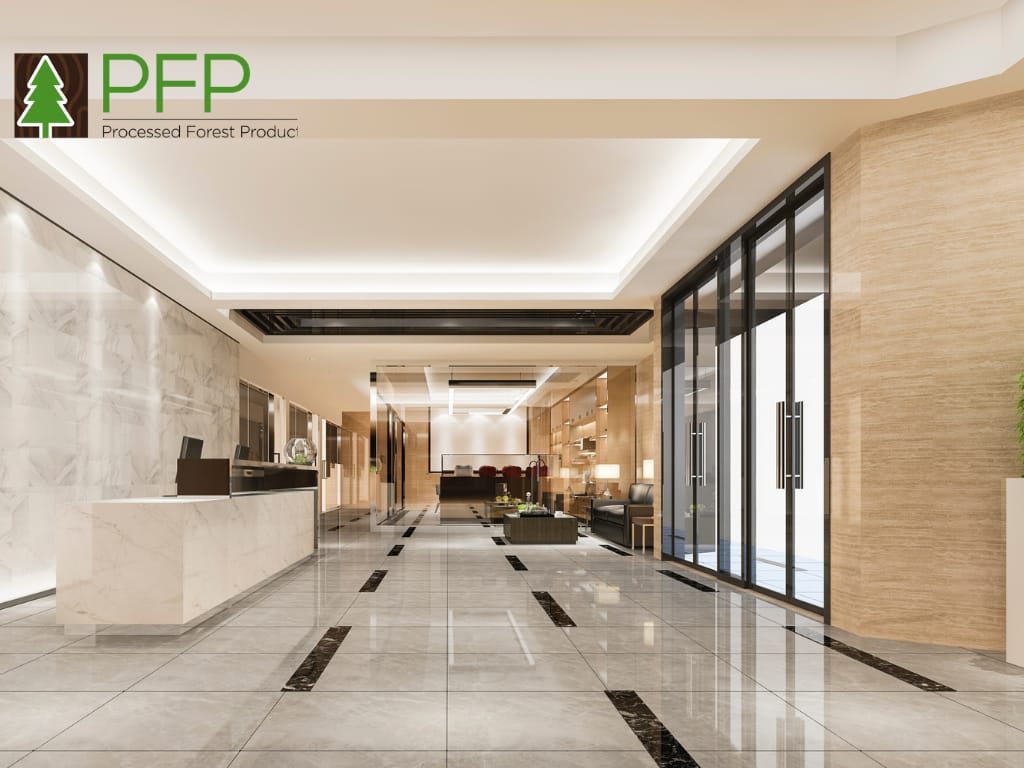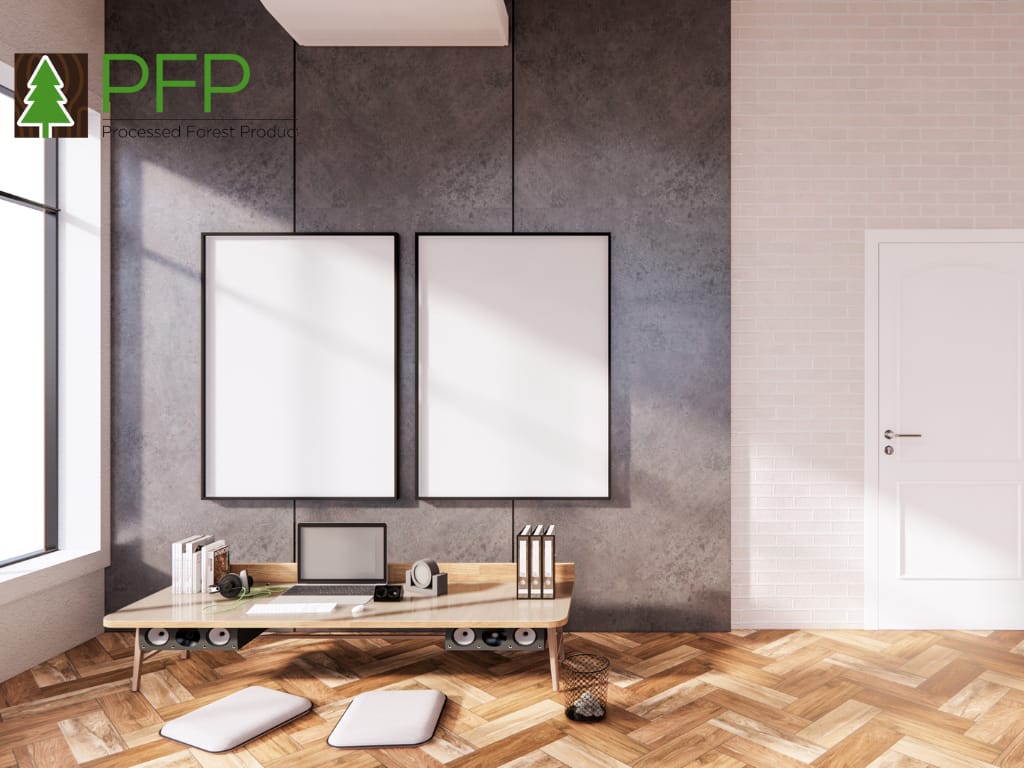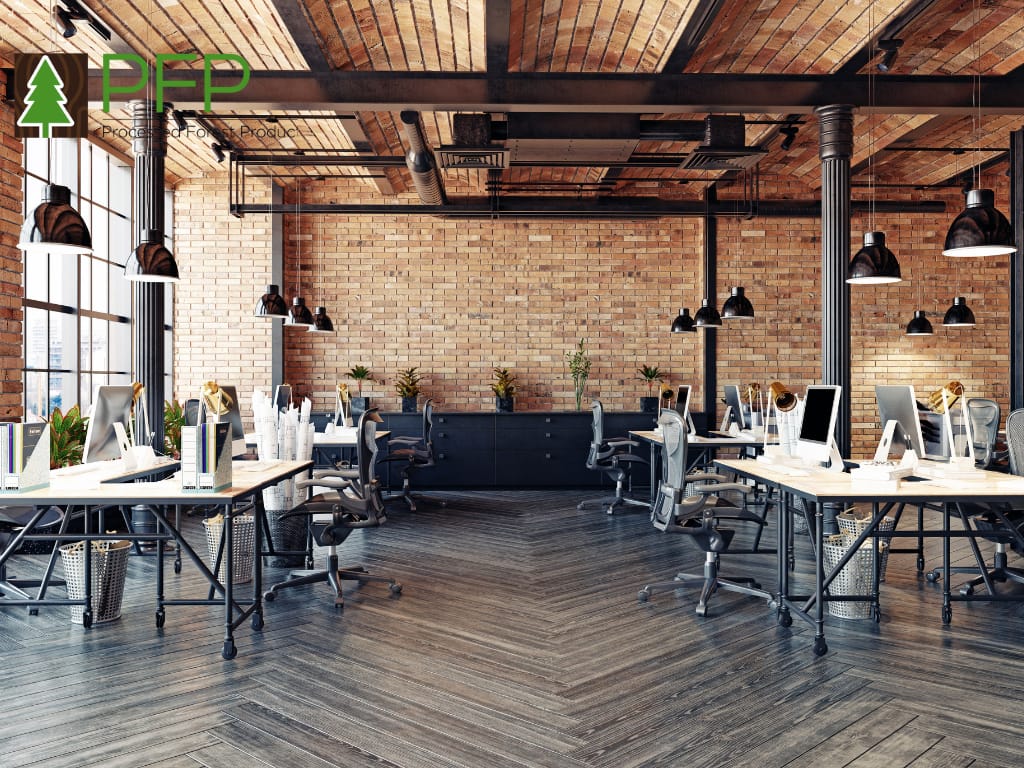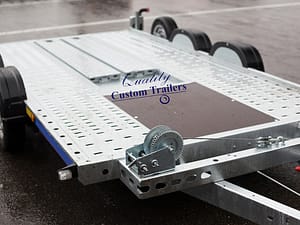Wenge veneer, renowned for its rich color and striking grain patterns, currently holds a prestigious position in the market, particularly within high-end furniture, interior design, and architectural applications. Its popularity not only stems from its aesthetic appeal but also its durability, making it a preferred choice for designers and architects seeking materials that combine beauty with longevity.
Today, as the industry moves forward, there’s a growing emphasis not just on the visual and functional aspects of materials like Wenge veneer but also on their environmental impact. The industry is witnessing a shift towards sustainable practices, with a keen focus on how materials are sourced, processed, and utilized in design projects, highlighting a dual focus on maintaining Wenge veneer’s status in modern design while advancing sustainability efforts.
Wenge Veneer: A Staple in Modern Design
Evolving Aesthetic Preferences
The aesthetic preferences in design and architecture continually evolve, yet the demand for Wenge veneer remains strong, attributed to its deep, dark color and distinctive grain. This enduring popularity signals its versatility across various design styles, from the sleek and minimalist to the rich and opulent. As contemporary design increasingly leans towards authenticity and natural materials, Wenge veneer stands out for adding depth and character to spaces, embodying a blend of luxury and warmth that modern designers seek.
Innovative Applications
Wenge veneer’s application has traditionally been confined to flooring, furniture, and paneling. However, its potential extends far beyond these uses. Innovations in material technology and design thinking are paving the way for Wenge veneer in less conventional roles, such as in lighting fixtures, where its grain patterns can cast intricate shadows, or in acoustic panels, where its density can offer superior sound absorption. Furthermore, its use in architectural elements like facades and exterior surfaces is being explored, driven by advancements in treatment and preservation techniques that enhance its durability and resistance to environmental elements.
Advancements in Sustainable Sourcing
Ethical Harvesting Practices
The sustainability of Wenge wood has come under scrutiny due to concerns over deforestation and the environmental impact of logging practices. In response, there have been significant advancements in ethical harvesting practices aimed at ensuring the longevity of Wenge wood resources. Sustainable forestry initiatives in regions where Wenge is harvested are focusing on controlled logging practices, reforestation, and community involvement to ensure that the extraction of Wenge wood is environmentally responsible and socially beneficial.
Certification and Traceability
The role of certifications in promoting sustainable sourcing of Wenge veneer cannot be overstated. Certifications such as the Forest Stewardship Council (FSC) offer a guarantee that the wood has been sourced in an environmentally friendly, socially responsible, and economically viable manner. Traceability, ensured through these certifications, provides transparency along the supply chain, allowing consumers and professionals to verify the sustainable origins of their Wenge veneer. This level of traceability not only bolsters consumer confidence but also supports the broader goals of sustainability within the industry.
Manufacturing Innovations
Eco-Friendly Production Techniques
The veneer manufacturing industry is experiencing a shift towards more sustainable practices, particularly in the processing of Wenge veneer. Innovations include the use of non-toxic adhesives and finishes that reduce harmful emissions, as well as energy-efficient machinery that lowers the carbon footprint of production processes. Additionally, water recycling systems and the use of renewable energy sources are becoming more common in veneer manufacturing facilities, further enhancing the eco-friendliness of Wenge veneer production.
Reducing Waste
Minimizing waste is a key focus in the evolution of Wenge veneer manufacturing. Techniques such as precision cutting are being employed to maximize the yield from each log, significantly reducing offcuts. Moreover, any waste produced is increasingly being repurposed into biofuel, particleboard, and other by-products, contributing to a circular economy model where every part of the wood is utilized, minimizing waste and promoting sustainability.
The Role of Technology in Wenge Veneer Use
Digital Design and Fabrication
Technology is revolutionizing the way Wenge veneer is used in design projects. Digital design tools and computer-aided manufacturing (CAM) systems allow for intricate patterns and precise cuts, opening up new avenues for customization. This enables designers to push the boundaries of creativity with Wenge veneer, creating complex and unique installations that were previously difficult or impossible to achieve.
Augmented Reality (AR) in Design Visualization
Augmented Reality (AR) technology is transforming the design process, allowing both designers and clients to visualize Wenge veneer applications in real-time and in their actual spaces. This immersive technology helps in making more informed decisions regarding materials and designs, reducing the need for physical samples and prototypes. AR can showcase different finishes, textures, and applications of Wenge veneer, facilitating a collaborative and interactive design process.
Sustainability Challenges and Solutions
Addressing Overharvesting Concerns
The demand for Wenge veneer poses sustainability challenges, notably the risk of overharvesting. To address this, the industry is moving towards stricter regulation and certification of Wenge wood sources. Sustainable forest management practices, including selective logging and the implementation of replanting programs, are critical strategies to ensure the long-term availability of Wenge wood while preserving biodiversity and forest health.
Lifecycle Analysis
A lifecycle analysis of Wenge veneer products emphasizes the importance of considering their environmental impact from sourcing through to disposal. This approach encourages the selection of Wenge veneer from sustainably managed forests, the use of eco-friendly manufacturing processes, and the design of products for longevity and recyclability. By considering the full lifecycle, manufacturers and designers can make choices that reduce the overall environmental footprint of Wenge veneer products, contributing to a more sustainable future.
Educating Stakeholders on Sustainability
Awareness Campaigns
Industry bodies play a crucial role in raising awareness about the sustainable sourcing and use of Wenge veneer. Through targeted campaigns, they can educate manufacturers, designers, and consumers on the importance of choosing Wenge veneer from responsibly managed forests and the benefits of using eco-friendly production methods. These campaigns often utilize seminars, workshops, and digital content to disseminate valuable information, fostering a collective industry commitment to sustainability.
Collaboration with Environmental Organizations
Partnerships between the Wenge veneer industry and environmental organizations offer a powerful platform for promoting sustainability throughout the supply chain. These collaborations can lead to the development of more rigorous certification processes, support for sustainable forestry initiatives, and the creation of educational resources. By working together, the industry and environmental advocates can ensure that the use of Wenge veneer contributes positively to ecological conservation efforts.
Looking Ahead: The Future of Wenge Veneer in the Global Market
Demand Forecasting
The global demand for Wenge veneer is expected to continue growing, driven by its popularity in luxury design and architecture. However, this increased demand brings to light the need for sustainable practices to ensure its long-term availability. The industry is likely to see a shift towards more stringent sourcing regulations and an increased emphasis on certifications that verify sustainability credentials.
The Balance of Aesthetics and Ethics
Future trends in the Wenge veneer market will navigate the delicate balance between design appeal and ethical sourcing. As consumers become more environmentally conscious, the demand for materials that are not only aesthetically pleasing but also ethically sourced will rise. This shift will encourage innovation in sustainable forestry and manufacturing processes, ensuring that the beauty of Wenge veneer can be enjoyed by future generations without compromising ecological integrity.
Conclusion
The journey of Wenge veneer from a coveted design material to a symbol of sustainable luxury highlights the significant potential for innovation and ethical practices in its use. The advancements in sustainable sourcing, eco-friendly manufacturing, and technology integration underscore the industry’s commitment to preserving the environment while meeting the aesthetic demands of modern design. As we look to the future, it is imperative for industry participants to embrace these trends, contributing to a more sustainable and aesthetically rich environment. The continued focus on educating stakeholders and fostering collaborations will be key to achieving a harmonious balance between the beauty of Wenge veneer and the health of our planet.

